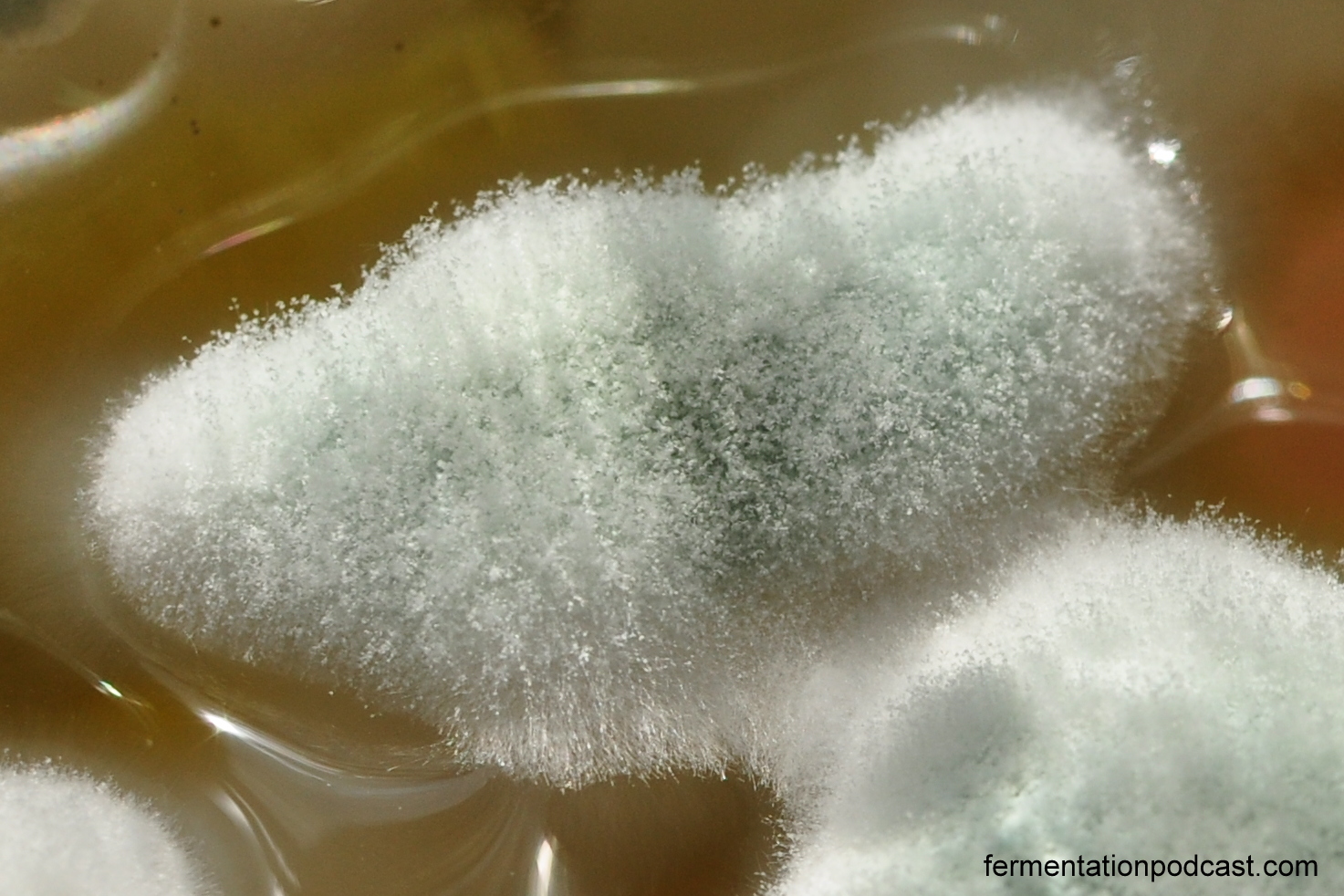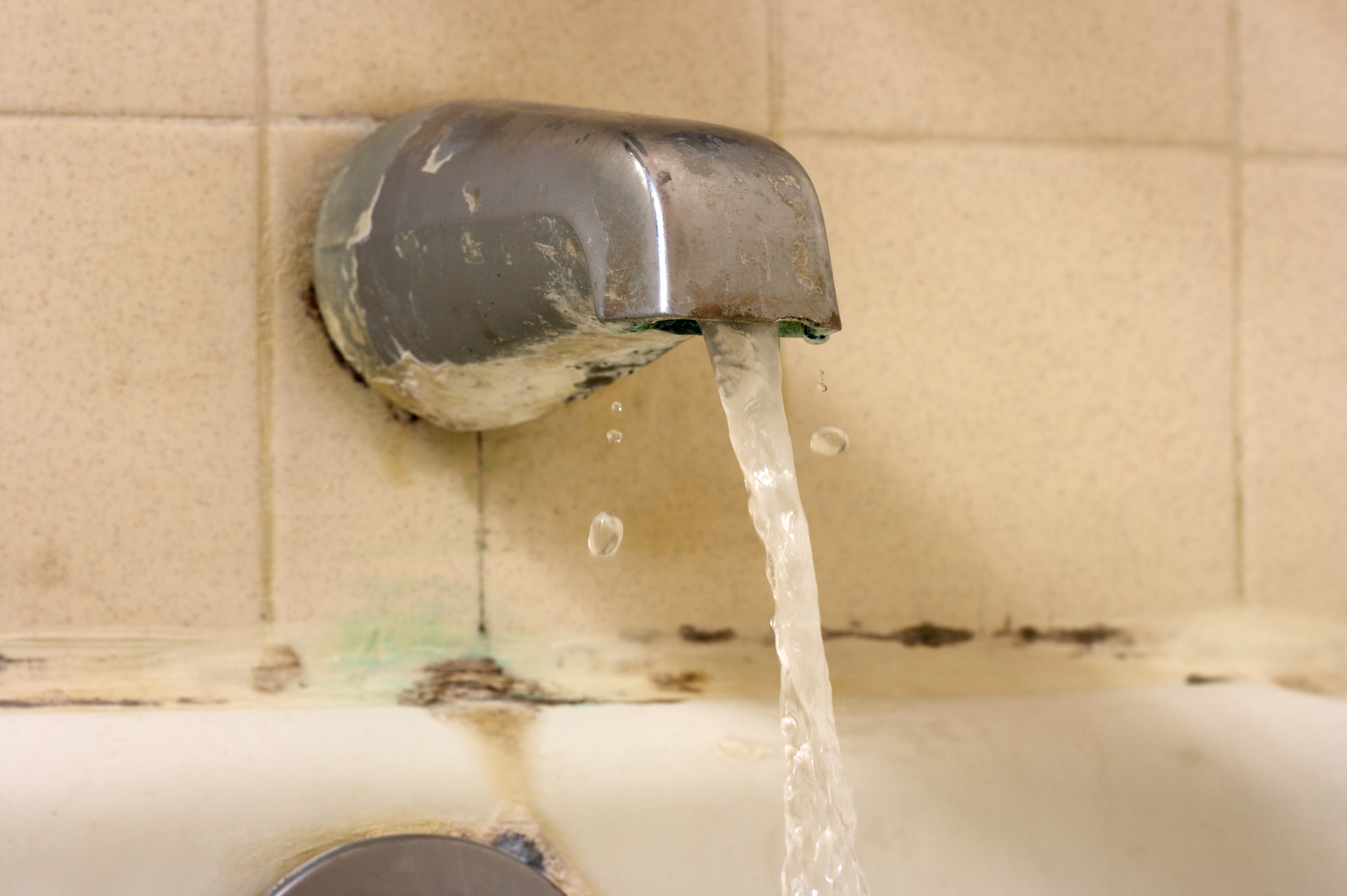Understanding Green Mold

Green mold, a common sight in bathrooms, is a type of fungus that thrives in moist environments. It can be a nuisance and pose health risks, making it crucial to understand its growth conditions and potential dangers.
Conditions Favoring Green Mold Growth
Bathrooms are susceptible to green mold due to their inherent moisture levels. Here’s a breakdown of factors that contribute to its growth:
- High Humidity: Bathrooms naturally have higher humidity levels from showers, baths, and even everyday activities. This creates a favorable environment for mold spores to germinate and grow.
- Poor Ventilation: Lack of adequate ventilation traps moisture, preventing it from evaporating. This dampness encourages mold growth, particularly in poorly ventilated areas like shower stalls and behind cabinets.
- Water Leaks: Leaky pipes, faucets, or even condensation from hot showers can provide a constant source of moisture, creating ideal conditions for mold proliferation.
- Warm Temperatures: Warm temperatures, common in bathrooms, accelerate mold growth. The combination of warmth and moisture creates a perfect breeding ground.
- Organic Matter: Mold thrives on organic materials like wood, drywall, grout, and even soap scum. These materials provide a food source for mold growth.
Health Risks Associated with Green Mold Exposure
Green mold can pose various health risks, particularly for individuals with pre-existing respiratory conditions or allergies.
- Respiratory Issues: Exposure to mold spores can trigger allergic reactions, leading to symptoms like coughing, sneezing, wheezing, and shortness of breath. In some cases, prolonged exposure can lead to more serious respiratory issues like asthma or chronic obstructive pulmonary disease (COPD).
- Skin Irritations: Direct contact with green mold can cause skin irritation, rashes, and itching. This is particularly true for individuals with sensitive skin.
- Eye Irritation: Mold spores can irritate the eyes, causing redness, itching, and watering.
- Other Health Concerns: In rare cases, prolonged exposure to mold can contribute to other health problems, including headaches, fatigue, and even memory problems.
Appearance of Green Mold in Bathrooms
Green mold typically appears as a fuzzy, greenish-gray growth. It can be found in various locations within the bathroom, including:
- Shower Stalls and Bathtubs: The constant moisture and warmth make these areas prime locations for green mold growth.
- Grout Lines: Grout lines between tiles can trap moisture and provide a suitable surface for mold to colonize.
- Walls and Ceilings: Moisture from leaks or condensation can seep into walls and ceilings, creating conditions for mold growth.
- Behind Cabinets: The space behind cabinets can be dark and damp, providing an ideal environment for mold growth.
- Under Sinks: Leaking pipes or spills can create a damp environment under sinks, leading to mold growth.
Identifying Green Mold Sources
:max_bytes(150000):strip_icc()/identifying-mold-vs-mildew-4799138-final-4266e4b3d84c4401a7c1d8b6835dcc97.png)
Green mold thrives in damp environments, and bathrooms, with their inherent moisture, are prime breeding grounds. Understanding the sources of moisture in your bathroom is crucial for preventing mold growth.
Common Sources of Moisture in Bathrooms
The presence of moisture in bathrooms is inevitable, but it’s important to understand the common sources to take proactive steps to minimize their impact.
- Showering and Bathing: This is the most obvious source of moisture. The steam and water droplets generated during showering and bathing create a humid environment that encourages mold growth.
- Leaky Pipes and Faucets: Even small leaks can contribute to moisture buildup. Dripping faucets, leaking pipes, and condensation from hot water pipes can create damp spots where mold can flourish.
- Poor Ventilation: Proper ventilation is essential for removing excess moisture from the air. If your bathroom lacks adequate ventilation, moisture can linger, creating a breeding ground for mold.
- Condensation: Cold surfaces in bathrooms, like windows or mirrors, can collect condensation, particularly in areas with high humidity. This condensation can provide a moisture source for mold.
Identifying Potential Green Mold Hiding Spots
Mold can be sneaky, often hiding in hard-to-reach areas. Knowing where to look can help you catch it early and prevent it from spreading.
- Behind and Underneath Bathroom Fixtures: The areas behind toilets, sinks, and bathtubs are often overlooked. These spaces can trap moisture, providing ideal conditions for mold growth.
- Around Windows and Doors: Moisture can seep in around poorly sealed windows and doors, creating damp areas that can attract mold.
- Ceiling Corners: The corners of your bathroom ceiling are susceptible to moisture buildup, particularly if there’s poor ventilation. Mold can easily grow in these areas.
- Shower Curtains and Liners: Shower curtains and liners can trap moisture, providing a breeding ground for mold. Make sure they are properly cleaned and dried after each use.
Typical Locations of Green Mold in Bathrooms
Green mold commonly appears in specific areas of bathrooms due to their moisture levels and lack of ventilation.
- Shower Stalls and Bathtubs: These areas experience constant exposure to water and steam, making them prime locations for mold growth.
- Around the Sink and Vanity: Splashes from the sink, condensation from hot water pipes, and poor ventilation can create ideal conditions for mold growth in these areas.
- Grout Lines: The grout between bathroom tiles can trap moisture and dirt, creating a breeding ground for mold.
- Ceiling and Walls: Moisture can seep into the ceiling and walls, particularly in areas with poor ventilation, leading to mold growth.
Preventing Green Mold: Green Mold In Bathroom

Preventing green mold growth in bathrooms is essential for maintaining a healthy and hygienic living environment. Mold can cause respiratory problems, allergies, and other health issues, making it crucial to take proactive steps to prevent its growth. This section provides a step-by-step guide to preventing green mold in bathrooms, covering various preventative measures for different surfaces and highlighting the importance of proper ventilation.
Preventative Measures for Bathroom Surfaces, Green mold in bathroom
To effectively prevent green mold growth in bathrooms, it’s important to address specific surfaces prone to moisture accumulation. Here are some preventative measures:
- Shower Walls and Floors: Regularly clean shower walls and floors with a mold-killing cleaner, ensuring thorough rinsing to remove any residue. After showering, leave the bathroom door open or turn on a fan to allow moisture to dissipate.
- Caulking and Grout: Inspect caulking and grout regularly for cracks or gaps. Re-caulk or re-grout as needed to prevent water from seeping into underlying surfaces. Use mold-resistant caulk and grout for optimal protection.
- Bathroom Sink and Countertop: Wipe down the bathroom sink and countertop after each use, removing any water droplets or splashes. Clean spills promptly to prevent moisture buildup.
- Toilet Bowl and Tank: Regularly clean the toilet bowl and tank to prevent mold growth. Use a toilet bowl cleaner with bleach to kill mold spores. Ensure the toilet tank is properly sealed to prevent leaks.
- Bathroom Mirrors and Windows: Wipe down bathroom mirrors and windows regularly to remove condensation. Consider using a dehumidifier in humid environments to prevent moisture buildup.
Importance of Proper Ventilation
Proper ventilation plays a crucial role in preventing green mold growth in bathrooms. Moisture is a primary factor in mold growth, and adequate ventilation helps remove excess moisture from the air.
“Proper ventilation is essential for preventing mold growth in bathrooms. It helps remove excess moisture, reducing the risk of mold spores thriving.”
- Exhaust Fans: Install exhaust fans in bathrooms to remove moisture during and after showers. Ensure the fans are properly sized and functioning correctly. Running the fan for at least 30 minutes after showering is recommended.
- Open Windows: When weather permits, open bathroom windows to allow fresh air circulation. This helps remove moisture and reduce humidity levels.
- Humidity Control: Monitor bathroom humidity levels using a hygrometer. Aim for a humidity level below 50%. If the humidity is consistently high, consider using a dehumidifier to remove excess moisture.
